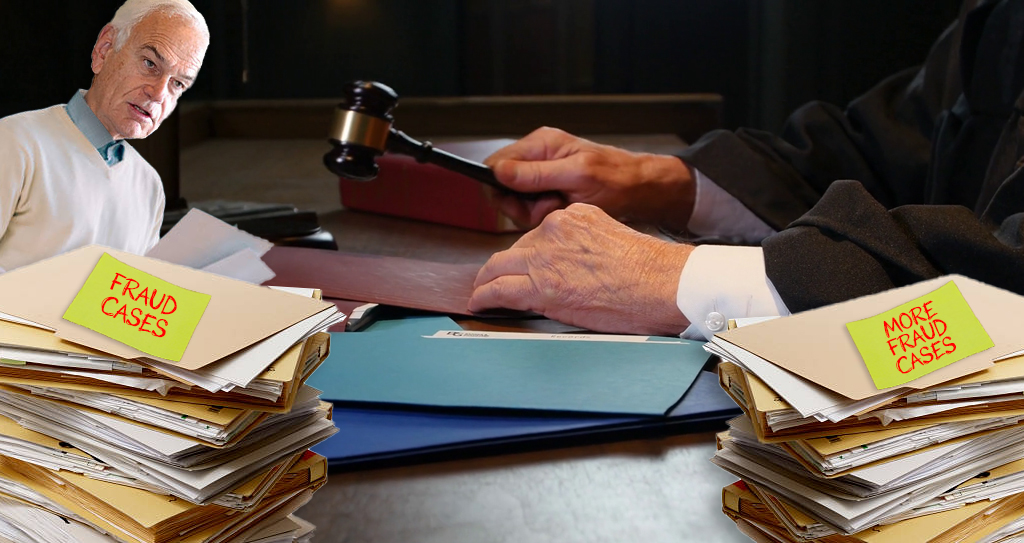
I was gratified to learn in March that NYPD had re-christened its “Accident Investigation Squad” the “Collision Investigation Squad” (CIS), and reportedly beefed up its 19-person force of crash investigators by 50 percent. But as a lawyer representing pedestrian and cyclist crash victims, I have yet to see the impact of these changes on the ground. Instead, NYPD continues to waste a significant portion of the resources it devotes to traffic law enforcement on “garbage” summonsing of cyclists. Looking at NYPD’s overall traffic law enforcement program -- including both crash investigations and traffic law enforcement -- it seems like little has changed.
Ten days ago I was asked to help a pedestrian crash victim. This 30-year-old woman sustained serious multiple fractures and other injuries that may prevent her from walking normally again. She remains in the hospital two weeks after her crash, half that time spent in an intensive care unit. But because she remained conscious at the crash scene, her case apparently was not deemed “critical” and therefore the CIS was never called.
Only because her family acted quickly was videotape and other evidence concerning the crash recovered -- without NYPD assistance. This evidence revealed that the motorist responsible was speeding at approximately 45 mph on a zebra-striped “no drive” lane, attempting to illegally pass other vehicles, and then swerved back into another lane striking his victim.
That driver will never receive a summons, or a suspension or revocation of his license, because NYPD did not investigate the crash as it is required to do in all cases of serious injury. “No criminality was suspected,” because no NYPD officer looked or even considered the possibility that the driver’s conduct was reckless enough to justify a criminal charge -- even though witnesses told the police responding to the scene that the driver was speeding and swerving recklessly. NYPD was not looking for criminality at the crash site, so it never found any.
While NYPD likes to claim that the agency lacks the resources to properly investigate all serious crashes, at the same time it assigns police to give out garbage summonses. And when it comes to summonsing cyclists, NYPD clearly is looking for criminality in the wrong places. The recent case of Hilda Cohen provides a clear example of how NYPD officers, either by design or ignorance, fundamentally misunderstand how the traffic laws apply to cyclists (disclosure: I am Hilda’s friend and fellow StreetsPAC board member).
Cohen received two summonses for bicycling in a manner which, if you accept her account, was completely lawful. But the most remarkable thing about these summonses is that they purport to be for criminal offenses. In the case of the “reckless bicycling” charge Cohen received (violation of New York City Administrative Code 19-176(b)), this is a violation which according to the regulation can result in a “civil penalty” only and must be adjudicated before the New York City Environmental Control Board. This provision is written in language almost identical to another Administrative Code provision for enforcement of solid waste separation for recycling, and should be enforced in the same manner. But NYPD officers routinely charge sidewalk cyclists using a criminal summons returnable in criminal court.
Simply by using the wrong form of summons, NYPD forces cyclists like Cohen to appear in person at criminal court to enter a plea, and often a second time if the plea is not guilty. Despite the wording of the regulation, there is a substantial risk that a cyclist mistakenly “convicted” in criminal court for a violation of Section 19-176(b) would be deemed to have a criminal record, something that must be disclosed on many job and other applications. Instead of simply paying a fine by mail -- like a motorist who commits a traffic violation or a resident who doesn’t separate her trash -- cyclists issued criminal summons for reckless bicycling face days of work missed, the possibility of a criminal "conviction," or significant legal fees if they wish to plead not guilty.
In addition, “reckless bicycling” in violation of Section 19-176(b) is an offense that can only occur on the sidewalk. But according to Cohen’s account, the officers never even accused her of riding on the sidewalk.
Why did the officers write Cohen a criminal summons for a violation that was not even a crime, without even bothering to check whether she had violated the actual prohibition in the regulation against sidewalk cycling? While motorists complain of arbitrary summonses and “fish-in-a-barrel” checkpoints for tinted windows or cell phone use, at least those summonses are properly issued as traffic violations -- not criminal charges -- and usually only when the law has been violated. In contrast, NYPD traffic law enforcement against cyclists routinely takes the form of improper criminal charges alleging conduct that, arguably, did not even occur.
The other criminal charge Cohen received was for disorderly conduct, specifically, for “obstruct[ing] vehicular or pedestrian traffic” with “intent to cause public inconvenience, annoyance or alarm, or recklessly creating a risk thereof.” Like most criminal statutes, this one specifies that the wrongdoer have an “evil mind,” that is, act with either an intent to cause harm or with recklessness as to a risk of harm.
How probing must these NYPD officers be, to discern the intentional and reckless “evil minds” of cyclists, based on conduct like riding counter-flow, going through a red light, or, in Cohen’s case, simply exiting a bike lane momentarily in order to circumvent a police car obstructing it?
When it comes to criminality by bicyclists, NYPD is on it! But in the case of the recent pedestrian crash discussed above and many others, criminal charges are never even considered as a possibility. NYPD is looking for criminality in all the wrong places, and it will take an Inspector General and legislation specifically aimed at crash investigations and traffic law enforcement to fix it.
Steve Vaccaro is an attorney with the Law Office of Vaccaro & White.





